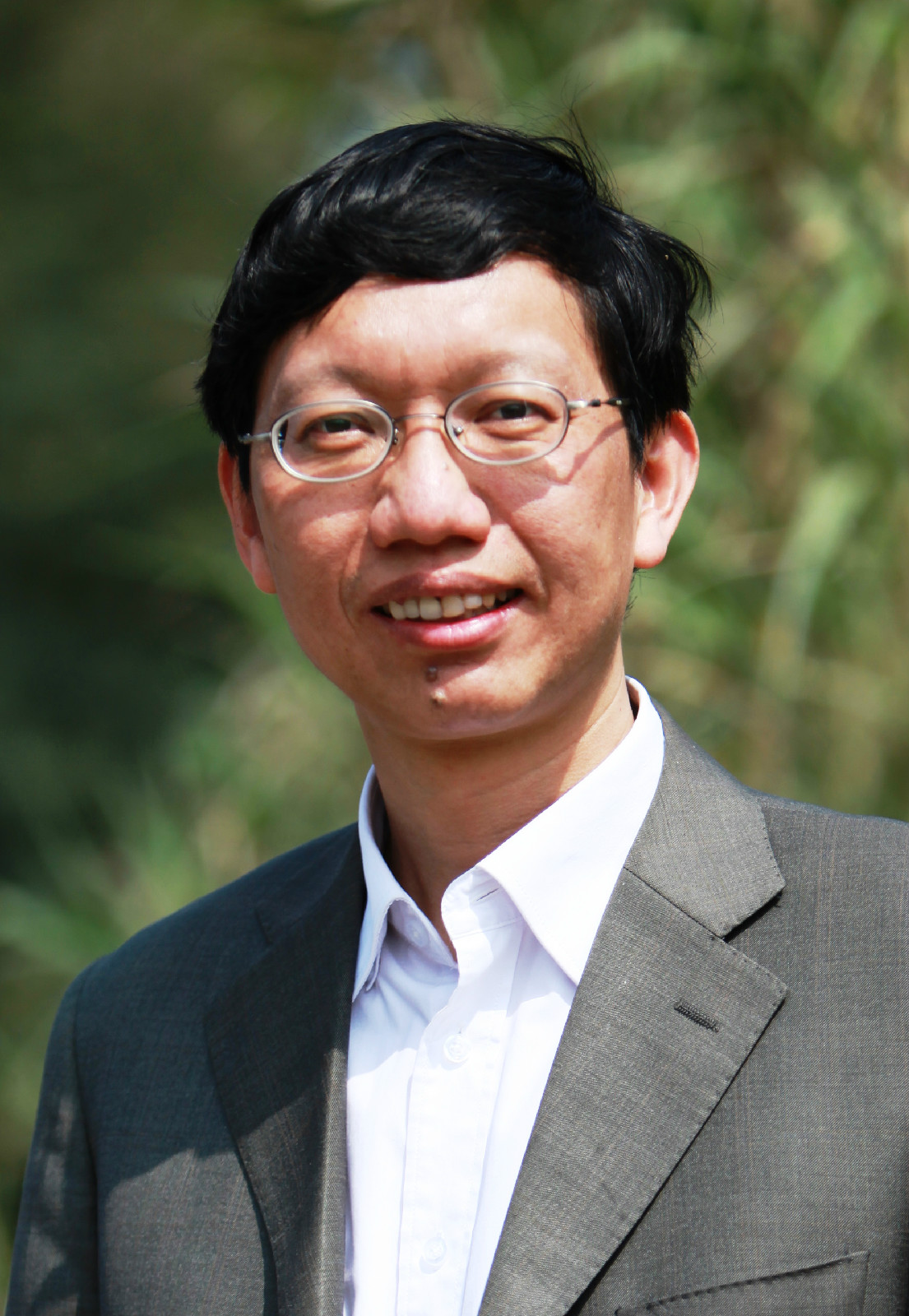個人簡介
1988年於南京化工學院化工機械專業獲工學博士學位
1989年-1990年在
西南交通大學力學所從事博士後研究工作
1990年-1993年受邀擔任
瑞典皇家理工學院客席研究員(Guest scientist)
1993年-2001年擔任
南京化工大學、
南京工業大學副校長、機械工程學院副教授、教授、院長,兼任熱管技術研究所所長、中石化南京設備失效分析與預防研究中心總工程師
1998年6月-12月
韓國中央大學訪問教授(Brain pool scholar)
學術兼職
諾丁漢大學榮譽教授、國際壓力容器學會亞太地區主席、
國際機構學與機器科學聯合會(IFToMM)可靠性委員會委員、英國工程結構完整性聯盟 (FESI)高級顧問、中國化工教育協會副會長、
中國機械工程學會壓力容器學會榮譽理事長、材料學會榮譽理事長;擔任Applied Energy, International Journal of Pressure Vessels and Piping, Fatigue and Fracture of Engineering Materials and Structures,Journal of Materials Science & Technology,
Frontiers of Mechanical Engineering, Advances in Mechanical Engineering、化工進展、壓力容器、
機械強度、套用基礎與工程科學學報等期刊副主編或編委。兼任中航商發航空發動機壽命預測聯合創新中心首席科學家、上海市航空發動機工程技術研究中心技術委員會主任。
研究方向
化工裝備安全,高溫強度學,先進能源材料與裝備,倡導全面工程教育。
獲獎成果
先後獲國家科技進步一等獎1項,國家科技進步二等獎3項,國家發明二等獎1項,上海市自然科學一等獎1項,國家教學成果二等獎1項;出版著作3部、特刊與文集(英文)16本。1990年獲第二屆
中國青年科技獎,1996年入選國家百千萬人才工程、2002年被授予
中華全國歸國華僑聯合會“科技進步帶頭人”稱號,獲
國家傑出青年科學基金,2006年獲教育部榮譽
長江學者稱號。
著作與專輯
[1]
塗善東. 高溫結構完整性原理, 北京:
科學出版社, 2003.
[2]
塗善東等. 材料服役中表面的失效行為及防治. 見: 中國材料工程大典第16卷
. 北京:
化學工業出版社, 2005.
[3] 塗善東等. 機械結構強度與失效,見:機械科學與製造-國家自然科學基金委員會十一五戰略研究報告. 北京:科學出版社,2006.
[4] 塗善東. 過程裝備與控制工程概論. 北京: 化學工業出版社, 2009.
[5]
塗善東等. 零件與結構的失效與安全服役. 見:機械工程學科發展戰略報告(2011-2020). 北京:
科學出版社, 2010.
[6]
王磊,
塗善東. 材料強韌學基礎, 上海: 上海交通出版社, 2012.
[7] Tu ST, Zhou GY. Compact Heat Exchangers in Clean Energy Systems. In Handbook of Clean Energy Systems, Wiley, 2014.
[8] Fatemi A, PookLP, Spagnoli A, Tu ST (Guest Editor). Special Issue on ‘Multiaxial Fracture 2013’, Engineering Fracture Mechanics 2014; (Volume 123), Oxford: Elsevier.
[9] Yan J, Chou SK, Tu ST, Jin HG, Desideri U (Guest Editor). Special Issue on Energy Innovations for a Sustainable World, Applied Energy 2013; (Volume 112), Oxford: Elsevier.
[10] Tu ST, Wang GZ, Gong JM (Guest Editor). Special issue on Latest Development of Applied Materials Technology, Advanced Materials Research (Volume 509). Switzerland: Trans Tech Publications, 2012.
[11] Tu ST, Takahashi Y (Guest Editor). Special issue on high temperature strength, Acta Metallurgica Sinica. Oxford: Elsevier. 2011.
[12] Takahashi Y, Tu ST(Guest Editor). Special issue on high temperature strength, International Journal of Pressure Vessels and Piping. Oxford: Elsevier. 2009.
發表論文
[1] Liu Yang, Zhoujie Wang, William Dempster, Xinhai Yu, Shan-Tung Tu. Experiments and transient simulation on spring-loaded pressure relief valve under high temperature and high pressure steam conditions, Journal of Loss Prevention in the Process Industries, 2017, 45: 133-146。
[2] Guo-Jian Deng, Shan-Tung Tu, Xian-Cheng Zhang, Ji Wang, Cheng-Cheng Zhang, Xia-Yi Qian, Yi-Ning Wang. Small fatigue crack initiation and growth mechanisms of nickel-based superalloy GH4169 at 650 degrees C in air. Engineering Fracture Mechanics 2016; 153: 35-49.
[3] Hong-Shu Ma, Guo-Zhen Wang, Shi Liu, Shan-Tung Tu, Fu-Zhen Xuan. In-plane and out-of-plane unified constraint-dependent creep crack growth rate of 316H steel. Engineering Fracture Mechanics 2016; 155: 88-101.
[4] Jian-Feng Wen, Shan-Tung Tu. A multiaxial creep-damage model for creep crack growth considering cavity growth and microcrack interaction. Engineering Fracture Mechanics, 2014; 123: 197-210.
[5] Ming-Liang Zhu, Fu-Zhen Xuan, Shan-Tung Tu. Observation and modeling of physically short fatigue crack closure in terms of in-situ SEM fatigue test. Materials Science and Engineering: A, 2014; 618: 86-95.
[6] Yu-Cai Zhang, Wen-Chun Jiang, Shan-Tung Tu, Jian-Feng Wen. Simulation of creep and damage in the bonded compliant seal of planar solid oxide fuel cell.International Journal of Hydrogen Energy, 2014; 39: 17941-17951.
[7] Xian-Cheng Zhang, Shan-Tung Tu, Fu-Zhen Xuan. Creep–fatigue endurance of 304 stainless steels. Theoretical and Applied Fracture Mechanics, 2014; 71: 51-66.
[8] Yu-Cai Zhang, Wen-Chun Jiang, Shan-Tung Tu, Jian-Feng Wen.Using short-time creep relaxation effect to decrease the residual stress in the bonded compliant seal of planar solid oxide fuel cell – A finite element simulation.Journal of Power Sources, 2014; 255: 108-115.
[9] Jian-Ping Tan, Guo-Zhen Wang,Shan-Tung Tu, Fu-Zhen Xuan. Load-independent creep constraint parameter and its application. Engineering Fracture Mechanics, 2014; 116: 41-57.
[10] Jie Yang, Guo-Zhen Wang, Fu-Zhen Xuan, Shan-Tung Tu. Unified correlation of in‐plane and out‐of‐plane constraints with fracture toughness. Fatigue & Fracture of Engineering Materials & Structures, 2014; 37(2): 132-145.
[11] Yun Tu, Shan-Tung Tu. Fabrication and characterization of a metal-packaged regenerated fiber Bragg grating strain sensor for structural integrity monitoring of high-temperature components. Smart Materials and Structures, 2014; 23(3): 035001-1-11.
[12] Fa-Kun Zhuang, Guo-Yan Zhou, Shan-Tung Tu. Numerical investigation of frictional effect onmeasuring accuracy of different small specimen creep tests. International Journal of Pressure Vessels and Piping, 2013;110:42-49.
[13] Jian-Feng Wen, Shan-Tung Tu, Xin-Lin Gao, JN Reddy. Simulations of creep crack growth in 316 stainless steel using a novel creep-damage model. Engineering Fracture Mechanics, 2013; 98: 169-184.
[14] Yun Tu, Yu-Hua Qi, Shan-Tung Tu. Fabrication and thermal characteristics of multilayer metal-coated regenerated grating sensors for high-temperature sensing. Smart Materials and Structures, 2013; 22-28.
[15] Jian-Ping Tan, Shan-Tung Tu, Guo-Zhen Wang, Fu-Zhen Xuan. Effect and mechanism of out-of-plane constraint on creep crack growth behavior of a Cr-Mo-V steel. Engineering Fracture Mechanics, 2013;99:324-34.
[16] Shan-Tung Tu, Xin-Hai Yu, Wei-Ling Luan, Hoger Loewe. Development of micro chemical, biological and thermal systems in China. Chemical Engineering Journal, 2010; 163(3): 165-179.
任免信息
2015年7月,教育部決定免去塗善東的華東理工大學副校長職務。

